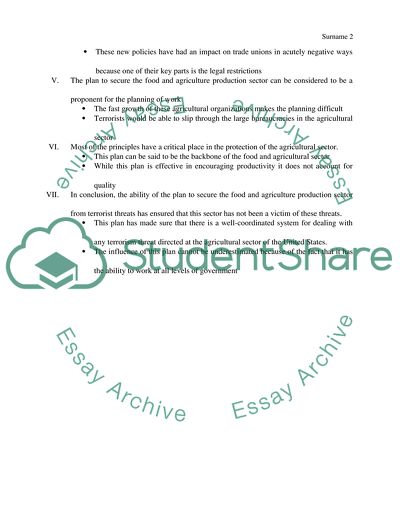Cite this document
(The Challenge Of Protecting Food And Agriculture Production Research Paper, n.d.)
The Challenge Of Protecting Food And Agriculture Production Research Paper. Retrieved from https://studentshare.org/agriculture/1802718-food-and-agriculture-production-sector-of-the-critical-infrastructure
The Challenge Of Protecting Food And Agriculture Production Research Paper. Retrieved from https://studentshare.org/agriculture/1802718-food-and-agriculture-production-sector-of-the-critical-infrastructure
(The Challenge Of Protecting Food And Agriculture Production Research Paper)
The Challenge Of Protecting Food And Agriculture Production Research Paper. https://studentshare.org/agriculture/1802718-food-and-agriculture-production-sector-of-the-critical-infrastructure.
The Challenge Of Protecting Food And Agriculture Production Research Paper. https://studentshare.org/agriculture/1802718-food-and-agriculture-production-sector-of-the-critical-infrastructure.
“The Challenge Of Protecting Food And Agriculture Production Research Paper”, n.d. https://studentshare.org/agriculture/1802718-food-and-agriculture-production-sector-of-the-critical-infrastructure.


